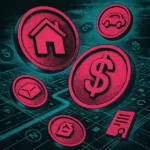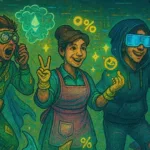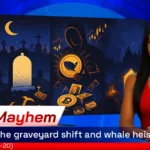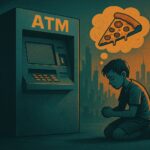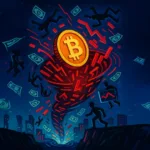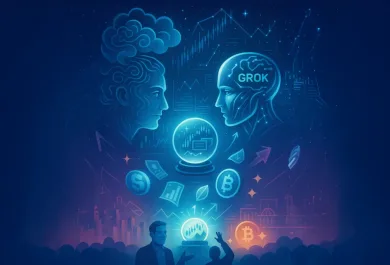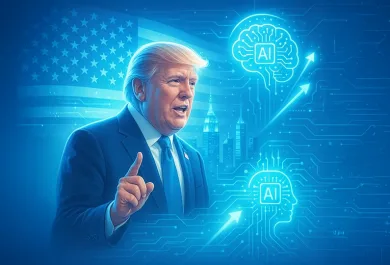As blockchain technology continues to shape the future of digital ownership, two powerful tools stand out: tokenization and non-fungible tokens (NFTs). Although both use blockchain as their foundation, they serve distinct purposes and cater to different needs across industries.
What are tokenization and NFTs?
Tokenization is the process of converting real world or digital assets (e.g., property, stocks, art) into digital tokens on a blockchain. These tokens are usually fungible and divisible, allowing shared ownership. For example, a $1 million property can be split into 1,000 tokens worth $1,000 each.
NFTs (Non-Fungible Tokens) are unique, indivisible digital items representing ownership of specific content, such as art, in-game assets, or virtual land. Each NFT is one of a kind and cannot be exchanged directly with another NFT on a 1:1 basis.
Key differences
| Aspect | Tokenization | NFTs |
| Fungibility | Fungible (interchangeable) | Non-fungible (unique) |
| Divisibility | Divisible into smaller units | Indivisible; owned entirely or not at all |
| Use Case | Shared ownership (e.g., real estate) | Unique digital assets (e.g., digital art) |
| Liquidity | High due to fractional trading | Depends on demand; can be illiquid |
| Standards | ERC-20, BEP-20 | ERC-721, ERC-1155 |
Use cases in 2025
Tokenization Examples:
Real Estate: Platforms like RealT allow fractional ownership of income-generating properties.
Securities: Firms like tZero tokenize stocks and bonds for easier access and trading.
Supply Chain: Companies use tokenization to track product authenticity, like wine from vineyard to shelf.
NFTs find diverse applications, with digital artists selling unique creations like Beeple’s “Everydays” for substantial sums. The gaming industry integrates NFTs for in-game characters and assets, exemplified by games like Axie Infinity. Additionally, virtual real estate platforms such as Decentraland enable users to buy and trade virtual land as NFTs. Interestingly, platforms like Fractional.art bridge the gap between tokenization and NFTs by allowing the fractional ownership of high value NFTs through fungible tokens.
Can anything be tokenized and make it valuable?
Tokenizing real world assets (RWAs) is unlocking new ways to buy, sell, and own things like real estate, art, or even commodities. But it raises an interesting question. Can anything be turned into a token and given value? Technically, yes. People have tokenized everything from carbon credits to digital moments. But just because you create a token doesn’t mean it’s automatically valuable. Value comes from how people see it, if there’s demand, trust, or real use. So while you can tokenize almost anything, it only matters if others believe it’s worth something.
2025 trends and market growth
Tokenization of Real World Assets (RWA): Valued at approximately $60 billion in 2025, with projected growth to over $18.9 trillion by 2033. Real estate, commodities, and financial instruments are leading categories.
NFT Market Growth: Expected to add $84.13 billion between 2025–2029 with a CAGR of 30.3%. Applications in digital art, music, and collectibles continue to expand.
Regulatory Focus: Growing scrutiny is shaping how NFTs are classified and traded, aiming to enhance transparency and investor protection.
Entertainment and Gaming: The line between digital goods and blockchain-based ownership is blurring. Tokenized skins, music releases, and interactive experiences are becoming mainstream.
In short
As of 2025, tokenization and NFTs are reshaping how we perceive and manage ownership:
Tokenization boosts accessibility and liquidity by fractionalizing real-world value.
NFTs empower creators and collectors with verifiable, one of a kind digital ownership.


